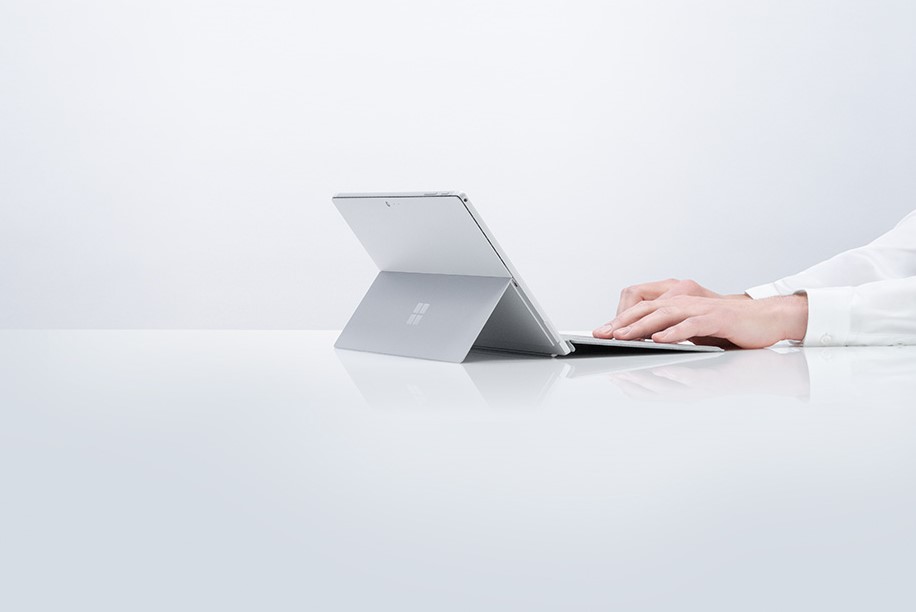Research Proves Your Brain Needs Breaks

Microsoft
For many people, back-to-back video meetings are a hallmark of the pandemic era. One conversation ends, another begins, and too often there’s no chance to stretch, pour a glass of water, or just clear your head.
In our latest study of brain wave activity, researchers confirmed what many people sense from experience: Back-to-back virtual meetings are stressful. But the research also points to a simple remedy—short breaks.
“Our research shows breaks are important, not just to make us less exhausted by the end of the day, but to actually improve our ability to focus and engage while in those meetings,” says Michael Bohan, senior director of Microsoft’s Human Factors Engineering group, who oversaw the project.
Settings in Microsoft Outlook make it easier and automatic to carve out these essential breaks between back-to-backs—and because we know that one size does not fit all, companies have two options. Individuals can set scheduling defaults that automatically shorten meetings they schedule. And now customers have the ability to set organization-wide scheduling defaults that shorten meetings and create space for breaks for everyone at the company.
“The back-to-back meetings that have become the norm over the last 12 months just aren’t sustainable,” says Jared Spataro, CVP, Microsoft 365. “Outlook and Microsoft Teams are used by millions of people around the world, and this small change can help customers develop new cultural norms and improve wellbeing for everyone.”
Read more here





